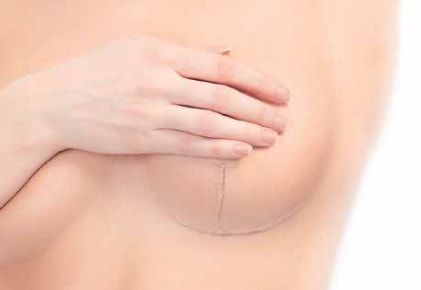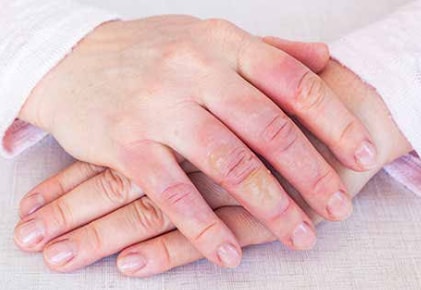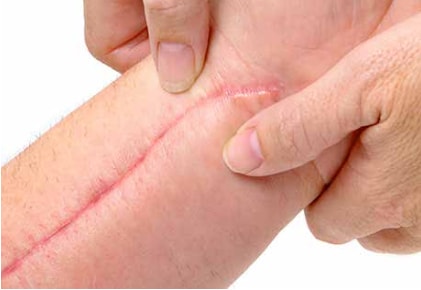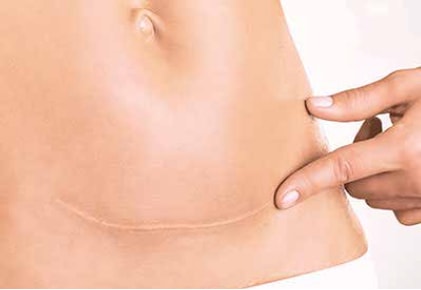Do You Have A Question About Kelo-cote®?
Find out the answers to the most commonly asked questions about KELO-COTE®

If you are planning cosmetic surgery, or have recently undergone a procedure, find out how to look after your scar and minimise scarring with KELO-COTE®.

If you have large or sensitive burn scars, find out how to look after your scar and minimise burn scarring with KELO-COTE®.

Are you worried about the appearance of a scar as a result of a recent operation? Find out how to look after your scar and minimise scarring with KELO-COTE®.

Have you had a baby by C-Section and are bothered by your scar? Find out how to look after your scar and minimise scarring with KELO-COTE®.
A scar is a mark that is left on the skin when a wound or an injury to the surface of the skin has healed. KELO-COTE® is effective on both keloid and hypertrophic scars. Find out what the difference is:
Caused by an excess of scar tissue produced at the site of the wound where the scar grows beyond the boundaries of the original wound, even after the wound has healed. They are often raised and itchy.1,2
Starting as red, raised scars they become flatter and paler over the course of several years. Unlike keloid scars, hypertrophic scars don’t extend beyond the boundary of the original wound, but they may continue to thicken for up to six months.2
1 Devlin-Rooney, K. & James W. (2005) Management and prevention of abnormal scars. Nursing Standard, 19 (28); 45-54.
2 NHS England (September 2017) https://www.nhs.uk/Conditions/Scars/Pages/Introduction.aspx (Accessed October 2017)